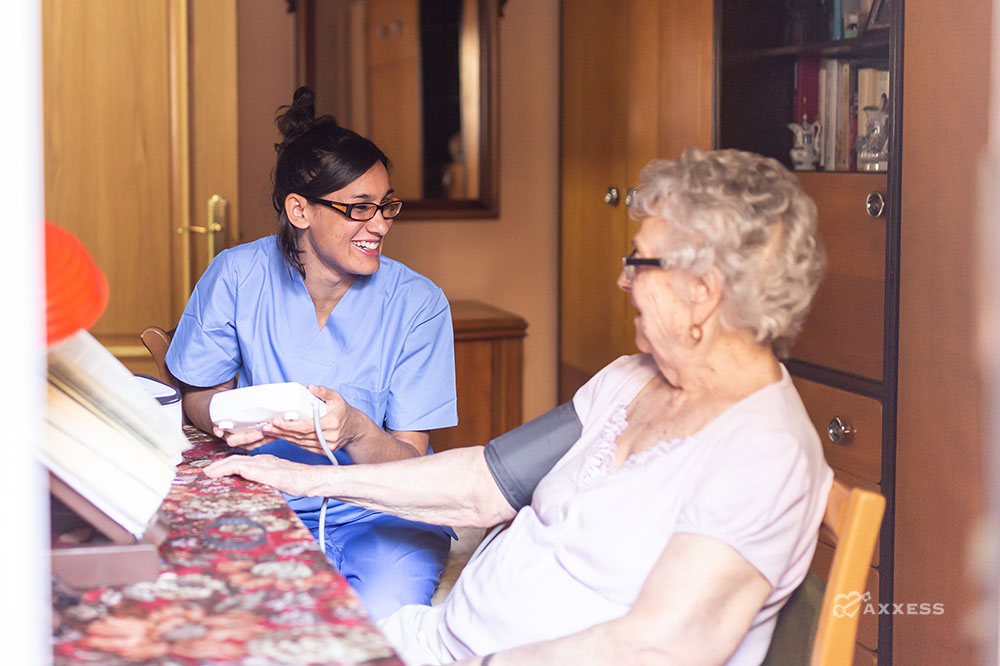Category \ Revenue Cycle Management
When we think of medical coding and billing, most imagine these as two completely unrelated functions. Medical coding is associated with the assignment of codes to medical diagnoses, while billing is more commonly thought of as a revenue cycle management … Keep Reading
The 2021 transition to the no-pay Request for Anticipated Payment (RAP) has not been without obstacles for home health organizations, with unavoidable claims processing errors occurring from the start. While some of the previous claim errors have been resolved, the … Keep Reading
The implementation of the no-pay Request for Anticipated Payment (RAP) did not come without its setbacks, both at the Medicare Administrative Contractor (MAC) and home health organization levels. The Centers for Medicare and Medicaid Services (CMS) is correcting internal system … Keep Reading
Effective January 1, the Centers for Medicare and Medicaid Services (CMS) implemented the Value-Based Insurance Design (VBID) Model for hospice and palliative care patients enrolled in Medicare Advantage plans. The new VBID Model requires hospice organizations to submit claims to … Keep Reading
The implementation of major 2021 billing changes is underway and home health organizations are adapting to new operations to stay compliant and manage revenue. One month into 2021, organizations have already learned some tips on succeeding with no-pay Requests for … Keep Reading
The release of the Medicare Home Health 2021 Final Rule didn’t come without disappointment and frustration, although the changes are much more subtle compared to the implementation of the Patient-Driven Groupings Model (PDGM) a year ago. While the implementation of … Keep Reading
Home health organizations have a new hurdle from the Centers for Medicare and Medicaid Services’ (CMS) 2021 Final Rule: the no-pay RAP, which introduces penalties for untimely Request for Anticipated Payment (RAP) submissions. Organizations have many questions regarding submission requirements, … Keep Reading
There is tremendous potential to grow a home care organization by expanding care services, and with the market expected to grow to $528 billion by 2026, adding specialty programs should be a top priority. Successfully implementing a program will require … Keep Reading
A tsunami of change came when the Prospective Payment System (PPS), the method of reimbursement since 2000, was replaced with the Patient-Driven Groupings Model (PDGM) in January 2020. Thirty-day billing periods replaced 60-day periods, three areas are now reviewed for … Keep Reading
Home healthcare was turned upside down in 2020, putting the spotlight on telehealth use to complete patient visits. While telehealth visits are not reimbursable, new legislation is aiming for telehealth reimbursement during the COVID-19 pandemic and any future public health … Keep Reading
Healthcare billing can be arduous and claim repricing can be confusing. Put them together without proper training and the result can be a loss of revenue. The use of an easy-to-use revenue cycle management software can help mitigate the claim … Keep Reading
Every quarter, Medicare implements what they call “Dark Days,” a time period when users cannot submit claims through Direct Data Entry (DDE). During the Dark Days, Medicare brings the Common Working File (CWF) offline to install quarterly updates in the … Keep Reading
Categories
- Axxess (179)
- Clinical (186)
- Financial (99)
- Home Care (402)
- Home Health (394)
- Hospice (433)
- Operational (265)
- Palliative Care (178)
- Patient Engagement (77)
- Regulatory (218)
- Revenue Cycle Management (43)
- Staffing (66)












